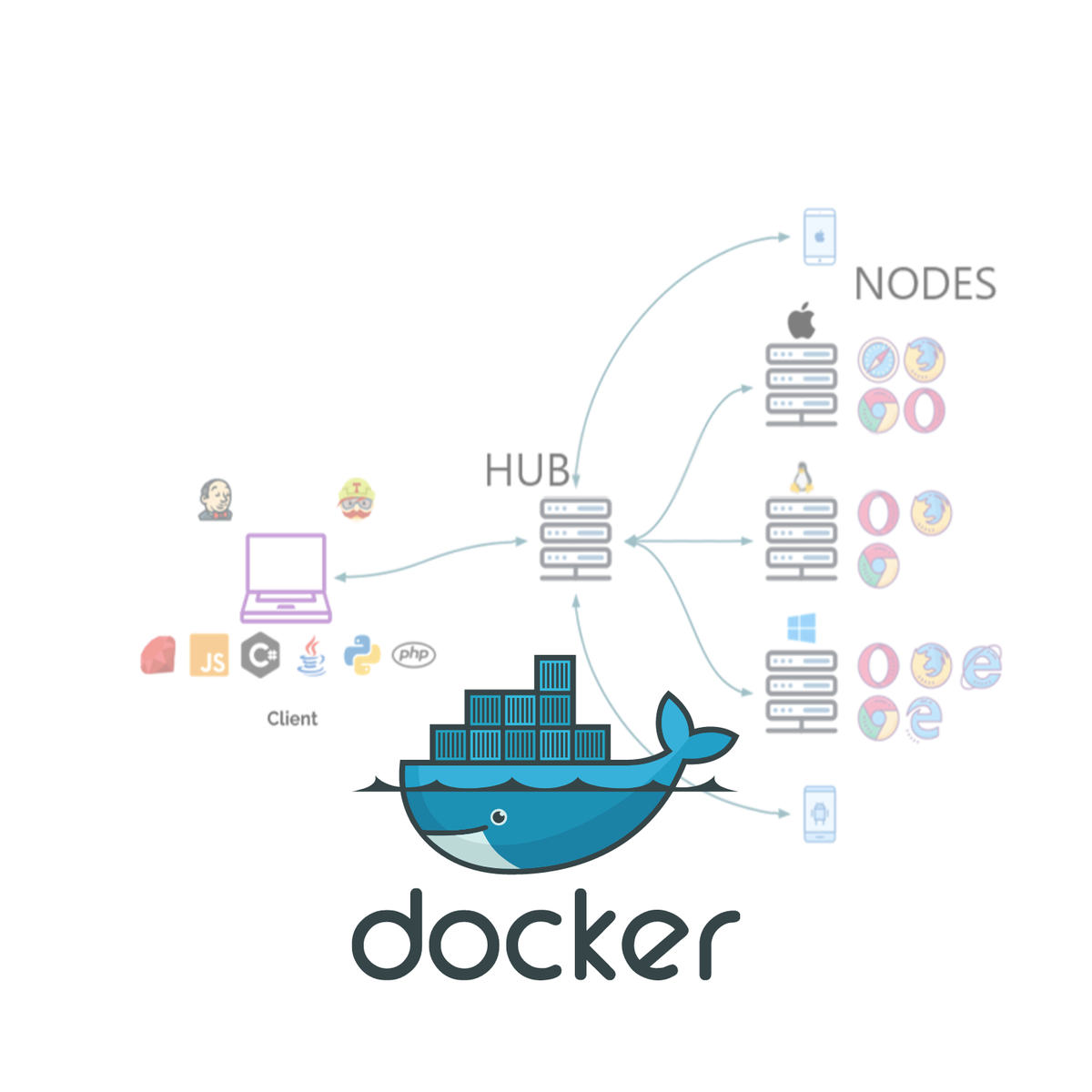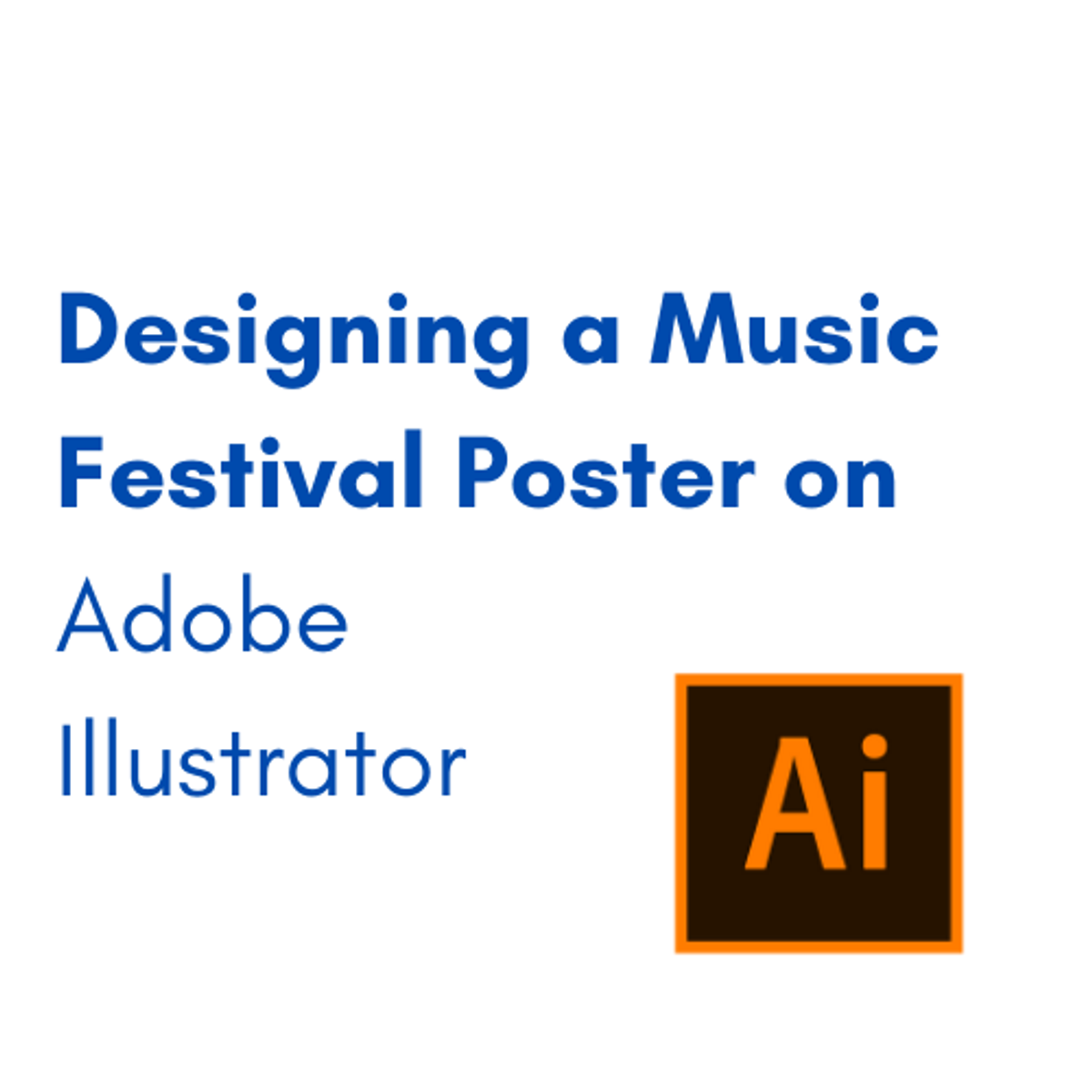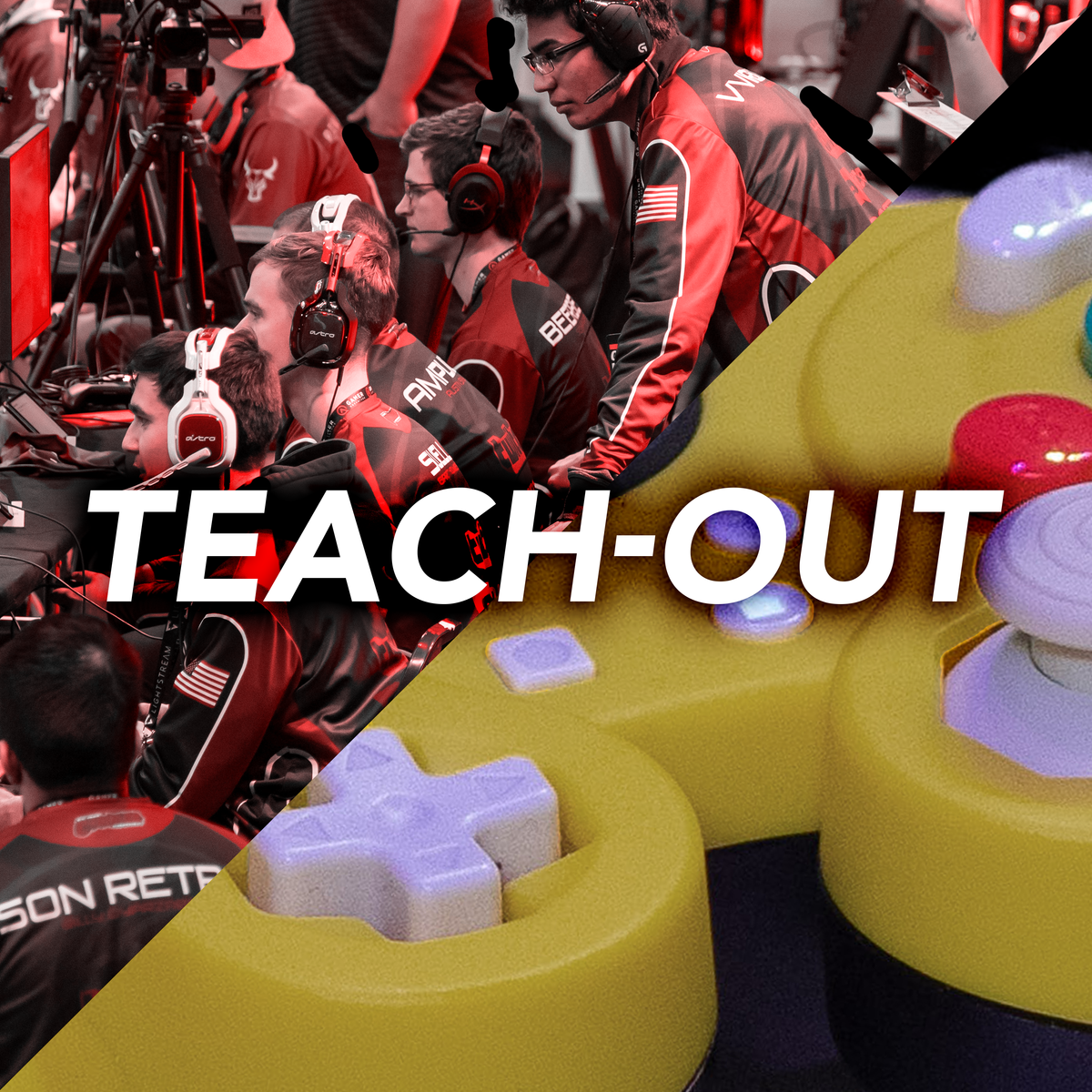Back to Courses









Computer Science Courses - Page 120
Showing results 1191-1200 of 2309

Selenium Test Execution On Docker Containers
“Selenium automates browsers, that’s it. What you do with that power is up to you.” Selenium is the most widely used UI automation tool to test web applications.
Docker helps developers build lightweight and portable software containers that simplify application development, testing, and deployment.
In this project, we will learn why and how to execute Selenium tests on Docker containers.
By the end of this project, you will be able to execute Selenium tests sequentially or parallelly on multiple browsers deployed on Docker containers.

FPGA computing systems: Background knowledge and introductory materials
This course is for anyone passionate in learning how a hardware component can be adapted at runtime to better respond to users/environment needs. This adaptation can be provided by the designers, or it can be an embedded characteristic of the system itself. These runtime adaptable systems will be implemented by using FPGA technologies.
Within this course we are going to provide a basic understanding on how the FPGAs are working and of the rationale behind the choice of them to implement a desired system.
This course aims to teach everyone the basics of FPGA-based reconfigurable computing systems. We cover the basics of how to decide whether or not to use an FPGA and, if this technology will be proven to be the right choice, how to program it.
This is an introductory course meant to guide you through the FPGA world to make you more conscious on the reasons why you may be willing to work with them and in trying to provide you the sense of the work you have to do to be able to gain the advantages you are looking for by using these technologies.
We rely on some extra readings to provide more information on the topic covered in this course.
Please NOTE that most of the time, these documents are provided through the IEEE Xplore Digital Library, which means that, to access them, you have to have a valid IEEE subscriptions, either does by yourself or through your university/company.
The course has no prerequisites and avoids all but the simplest mathematics and it presents technical topics by using analogizes to help also a student without a technical background to get at least a basic understanding on how an FPGA works.
One of the main objectives of this course is to try to democratize the understanding and the access to FPGAs technologies. FPGAs are a terrific example of a powerful technologies that can be used in different domains. Being able to bring this technologies to domain experts and showing them how they can improve their research because of FPGAs, can be seen as the ultimate objective of this course. Once a student completes this course, they will be ready to take more advanced FPGA courses.

Process student marks using ArrayList in Java
The learner will create an array list to store marks of students, and process the data by adding marks, get the stored marks to find the average and highest marks, search for specific marks, change and remove marks, find a subset of the marks, and sort the array list.

Hypothesis-Driven Development
To deliver agile outcomes, you have to do more than implement agile processes- you have to create focus around what matters to your user and constantly test your ideas. This is easier said than done, but most of today’s high-functioning innovators have a strong culture of experimentation.
In this course, you’ll learn how to identify the right questions at the right time, and pair them with the right methods to do just enough testing to make sure you minimize waste and maximize the outcomes you create with your user.
This course is supported by the Batten Institute at UVA’s Darden School of Business. The Batten Institute’s mission is to improve the world through entrepreneurship and innovation: www.batteninstitute.org.

Manage Your Versions with Git (Part I)
This 1.5 hours project-based course is the first part of "Manage Your Versions with Git". In this course, you will learn about the ubiquitous Git version management system. Git is an industry standard that is used in virtually every major development platform and environment to manage code changes and versions. This class will deepen your understanding of how git works and the relevant terminologies.
No specific coding experience is required but basic software development experience would be highly beneficial.

Designing a Music Festival Poster on Adobe Illustrator
By the end of this project, you will be able to design a promotional poster for a music festival using Adobe Illustrator. Throughout the project, you will be able to create eye catching design elements using basic shapes, shape tools and paths. You will also be able to combine information with visuals and identify the importance of hierarchy.
This guided project is for graphic design beginners who are interested in pursuing a career in design. Adobe Illustrator is a vector-based program, which is why it covers a wide range of design tasks. Learning to use it and being familiar with using the tools thoroughly gives you a variety of skill sets that you can flexibly utilize in future projects.

Esports: Leveling Up Teach-Out
Explore the growing competitive gaming phenomenon that has changed the lives of millions of gamers and non-gamers alike while challenging the concept of a sport. In this Teach-Out. you'll join a conversation about the history of esports as well as gain an understanding of who participates in esports, how esports teams are formed, and how competitive gameplay works. Hearing directly from competitive players, leaders of collegiate esports programs, and industry insiders, you'll explore the societal impact of esports and look ahead to the future of the industry.
You'll explore these topics in this Teach-Out:
History of competitive gaming and esports players.
How to watch, play, and compete in esports.
Emerging career pathways within the esports landscape.
Societal impacts of the esports industry, including diversity, equity, inclusion challenges in gaming culture.
The future of the esports industry.

Work with Dates in JavaScript
By the end of this project, you will have learned to create and manipulate date objects in JavaScript. You will work with dates by using Date Get methods to isolate and use portions of a date—like month and year—and Date Set methods to set portions of a date to specific values. Since dates are often critical pieces of data, the ability to control them is an essential skill for any JavaScript programmer.
Note: This course works best for learners who are based in the North America region. We’re currently working on providing the same experience in other regions.

Introduction to Java Enterprise Edition (EE)
This course focuses on JEE as a platform. We discuss the motivation and purpose, as well as some of the frequently used libraries and technologies, in the Java Enterprise Edition. We take a look at Web basics, our building blocks for understanding how the internet works. Then, we get very hands on with understanding the Servlet hierarchy, and how servlets handle request/response cycles. Finally, we learn about transferring control via forward and redirect mechanisms.

Azure Infrastructure Fundamentals
Microsoft Azure is a service created by Microsoft to provide cloud computing for creating and managing applications and services using a cloud environment. Azure provides software as a service (SaaS), platform as a service (PaaS) and infrastructure as a service (IaaS). The platform supports many programming languages and frameworks and can be used alone or in a multi-vendor cloud environment.
This course focuses on the Fundamentals of Azure Infrastructure including infrastructure as a service. We’ll begin with understanding the subscription, configuring security and acquiring storage. Then you’ll build virtual machines and VNETS. Azure environments can be highly available and very resilient. Data can be backed up to the cloud for safety. These are the concepts we will discuss in this course.
Popular Internships and Jobs by Categories
Browse
© 2024 BoostGrad | All rights reserved


